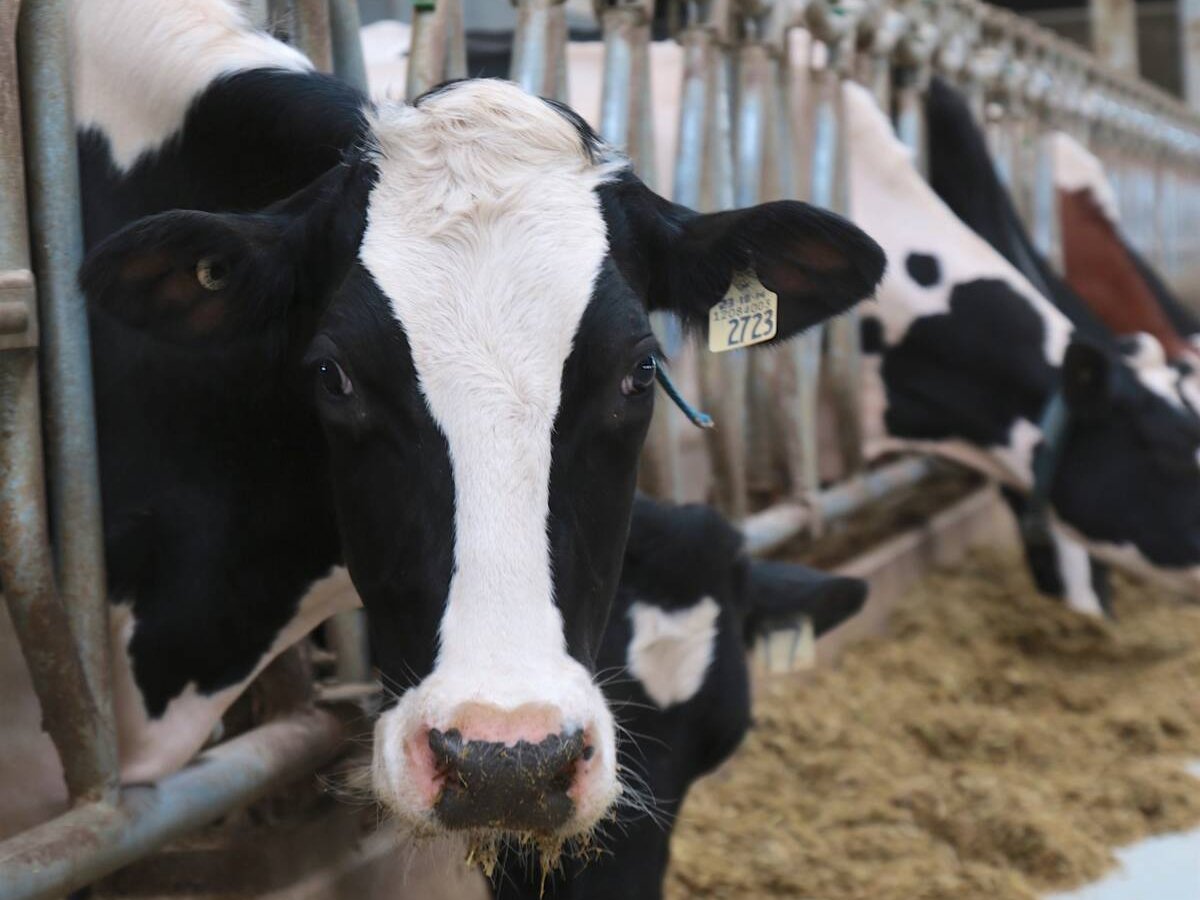Learning how diseases travel through the body from the gut to the brain to cause BSE is one of many research projects supported with $15 million from PrioNet Canada and the Alberta Prion Research Institute.
Other projects include finding new uses for specified risk materials and studying the effects of chronic wasting disease on aboriginal people.
Alberta is the Canadian epicentre of study into the microscopic prion that causes fatal brain diseases, said Kevin Keough, executive director of Alberta Prion Research Institute. Alberta provided $35 million six years ago to form the institute when a case of BSE in the province led to $6 billion in losses across the livestock industry since 2003.
Read Also

The Organization for Economic Co-operation and Development lauds Canada’s low farm subsidies, criticizes supply management
The Organization for Economic Co-operation and Development lauded Canada’s low farm subsidies, criticized supply management in its global survey of farm support programs.
The institute is part of a network of prion research centres across Canada linked by PrioNet.
Part of the money is directed at a new $2 million prion containment facility and laboratory at the University of Calgary veterinary school.
The disease projects are varied.
The spread of scrapie and BSE is under control but more work is needed on chronic wasting disease in deer and elk and atypical BSE, said researcher Markus Czub.
“These diseases will not go away on their own. If we do not act now, chronic wasting disease will kill more and more of our animals.”
A project based in Alberta and Manitoba is examining the risk of CWD and aboriginal people. That includes the risk of eating potentially infected game and how they may have to change hunting and food practices.
Another large project is examining atypical BSE at the Canadian Food Inspection Agency at Lethbridge. Animals have been infected at the CFIA lab and are under observation, said researcher Stefani Czub. They are already exhibiting different behaviour to the traditional form of BSE.
Other research is working on live tests to detect infections as early as possible.
Another project provided money for specified risk material research and involves the private sector.
Disposal of these materials believed to be at the highest risk of carrying the infection has been a costly exercise.
“The beef industry is under tremendous pressure right now,” said Tony Galosso, chief executive officer of Sanimax Industries, a North American rendering company based in Montreal.
“We want to find a way to use SRMs in ways that transform it into value-added products.”
The rendered material that includes brains, glands, nerves, spinal cords and small intestine could be used as a source of energy or fertilizer. In Europe, these materials are burned to generate energy.
Some considered adding it to concrete mixes but it was too expensive a process, said Dany Gagnon of Sanimax.
Besides the cost to a packing plant to safely remove the parts, it costs a rendering company like Sanimax $100 a tonne to dump it in landfills. It produces about 350 tonnes per week and about 5,000 tonnes a week are generated across Canada.
Part of the research would find ways to get rid of the infectious prions.
“We want to kill it first and then bring value back,” said Gagnon.
Canada has the strictest SRM disposal rules in North America through its enhanced feed ban that prohibits any of the material from reaching the animal or human food chain.
Each animal produces about 60 pounds of specified risk material under the banned list that must be removed and destroyed.
The U.S. will probably release its ban in the fall but only wants brains and spinal cords destroyed. They weigh four to six pounds.
“It is a major disadvantage between Canada and the U.S.,” Gagnon said.
Sanimax also operates in Mexico, which does not have a rule. It will not accept Canadian meat and bone meal.
It is believed when pathogenic forms of prion proteins come in contact with normal proteins they alter them to the diseased form. When a large amount of these form in the brain it is believed by most scientists to cause diseases like BSE in cattle, chronic wasting disease in deer and elk or scrapie in sheep.















